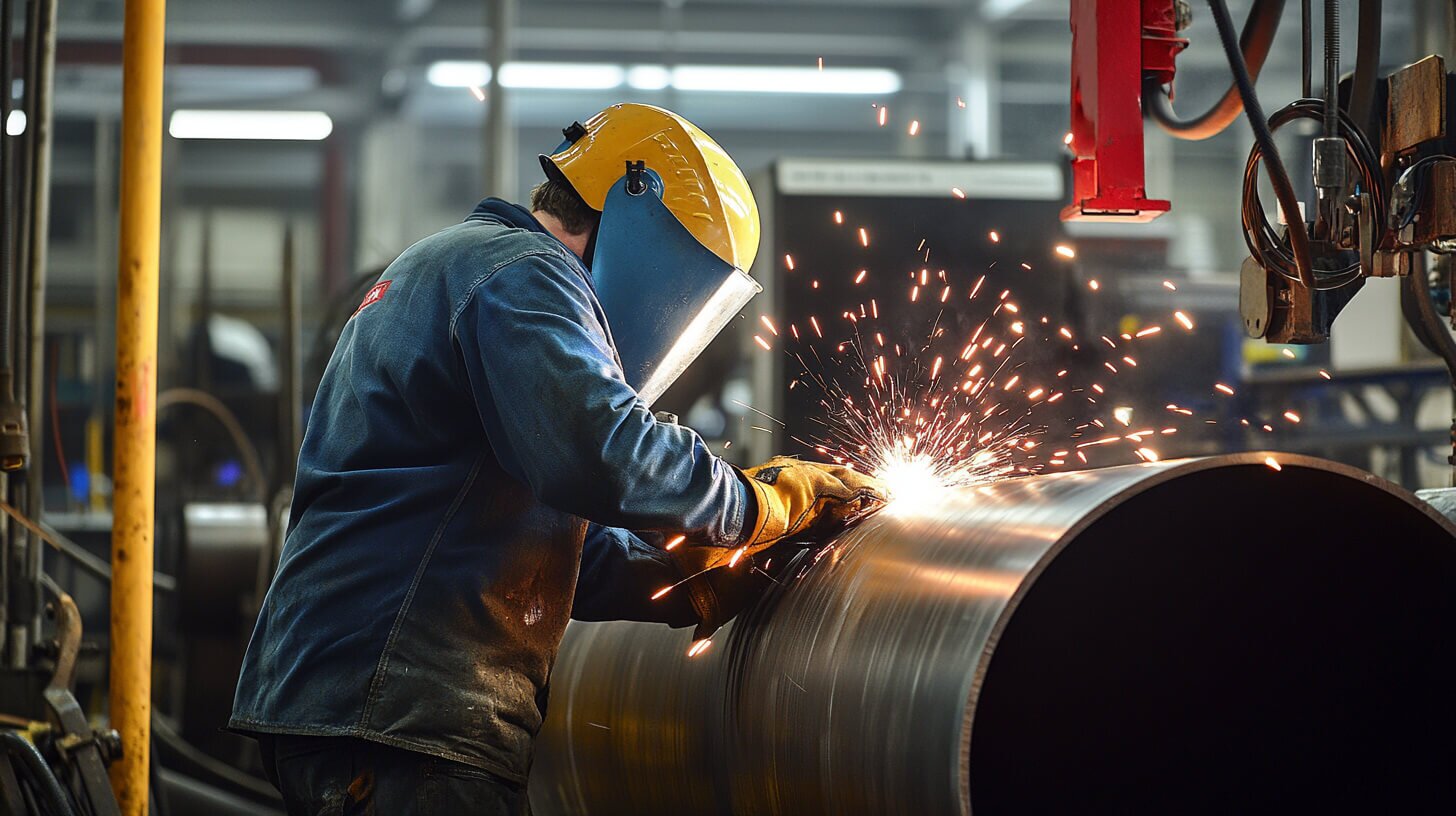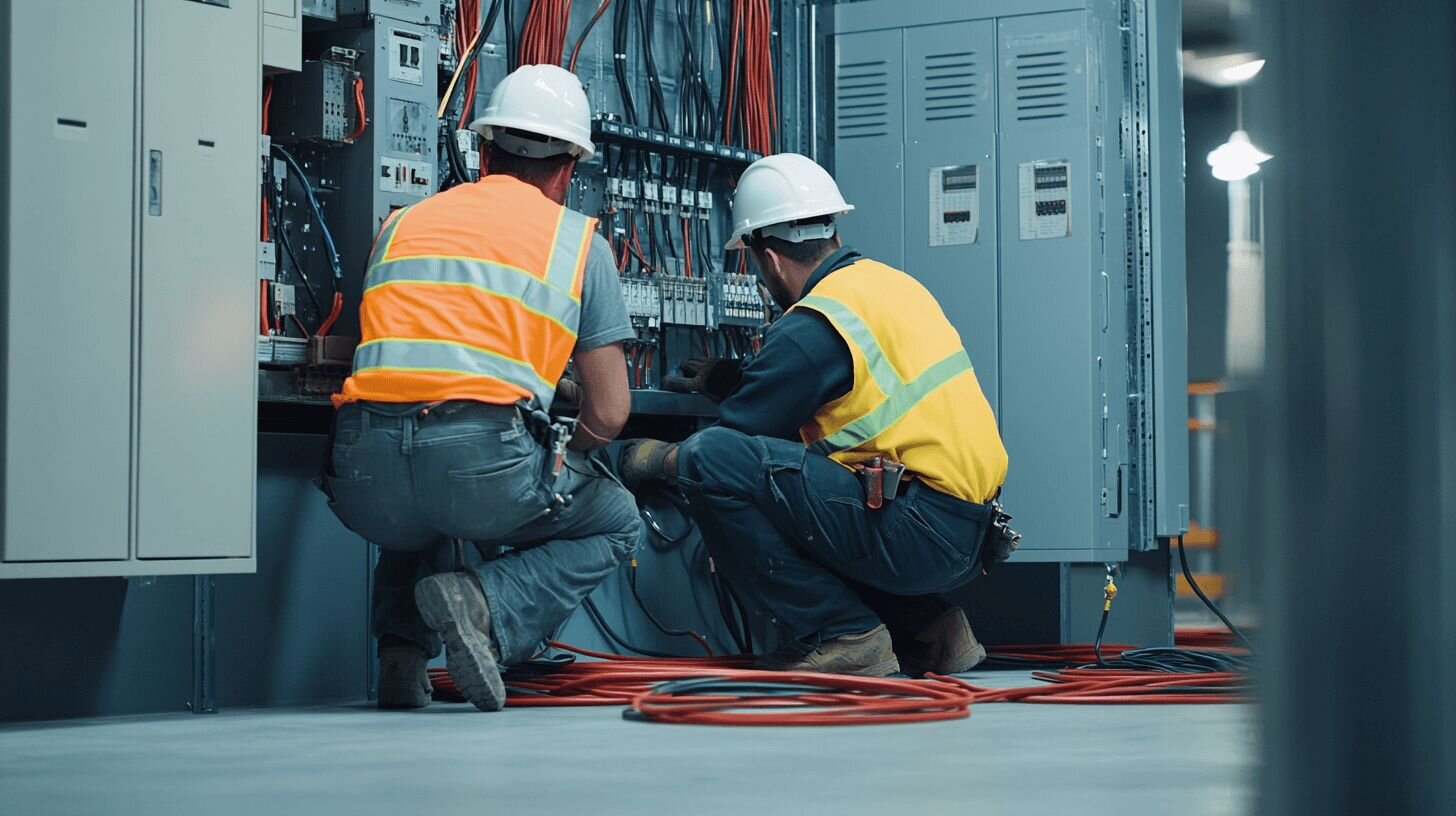Construction jobs are drying up, and crews are starting to feel the slowdown through thinner backlogs, shorter hours, and delayed starts. With fewer new projects breaking ground, the pace of work is shifting.
Only 49% of U.S. metro areas added construction jobs over the past year. By the end of August, there were 188,000 open positions across the industry, down 115,000 from July and 38% lower than the same time last year. That’s the smallest number of job openings the industry has seen in nearly a decade.
ABC Chief Economist Anirban Basu pointed to the latest data as evidence of a clear shift. “Contractors remain relatively optimistic about the next six months, according to ABC’s Construction Confidence Index, yet recent data has made it abundantly clear that the construction industry is currently contracting,” he said.
Where Jobs Are Still Moving
Some metros are still seeing growth, but not many. The Washington, D.C. region added 6,600 jobs, a 14% jump, while Arlington-Alexandria-Reston, Virginia, grew by 8,200 jobs, or 9%. Kokomo, Indiana, saw a similar 14% boost, even if the total numbers were smaller.
Elsewhere, losses outweigh gains. New York City dropped 7,900 construction jobs over the past year. Riverside-San Bernardino-Ontario, California, lost 6,500, and Los Angeles-Long Beach-Glendale shed 6,000. The steepest decline came in Baton Rouge, Louisiana, down 11%.
What’s Behind the Slowdown
Economic analysts and trade groups trace the slowdown to familiar challenges:
- High interest rates are making it harder to get new projects financed.
- Tariffs and supply chain costs are driving up prices before the job even starts.
- Labor shortages are stretching crews thin and pushing out completion dates.
- Delays in federal approvals are already slowing down public projects, and the ongoing government shutdown is making the problem worse.
Ken Simonson, chief economist at AGC, said the combination of rising costs and delays is making it harder to get projects off the ground. “Workforce shortages, tariffs and higher interest rates are inflating construction costs and schedules to the point where many projects no longer appear to make sense to developers,” he said.
What Contractors Are Watching Next
With work slowing and uncertainty growing, industry leaders say now’s the time to act. AGC and ABC are calling on Congress and the administration to take immediate steps to stabilize the market.
Here’s what they’re pushing for:
- More visa options: The Essential Workers for Economic Advancement Act would create a legal visa pathway for construction workers in areas with low unemployment.
- Training and education funding: Stronger investment in trade programs, apprenticeships, and technical education is critical to build the next generation of skilled workers.
- Tariff relief: Reducing import costs would help bring down prices on key materials like steel, copper, and HVAC components.
- Keeping the government open: Public works projects rely on agency approvals and funding. A shutdown brings them to a halt.
What This Means on the Ground
For contractors, this moment calls for planning, not panic. Now’s the time to stay close to trusted suppliers, keep crews sharp, and keep an eye on the numbers. This slowdown may not last forever, but how contractors handle it now will shape how ready they are when the next wave of work hits.



